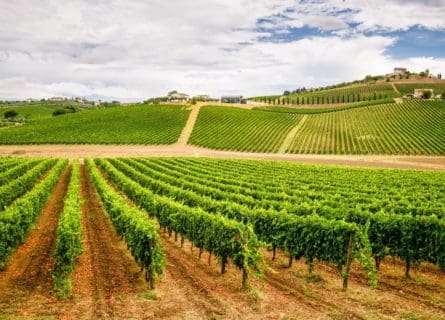
Montepulciano Grape Variety: A Rising Star
September 17, 2021
Unlocking Montepulciano: Italy's Unsung Red Grape Hero with a Refined Twist. Explore the complex flavors and potential of this underrated gem
By: Nicole Dickerson / Last updated: April 3, 2024
Estimated reading time: 8 minutes
As a world-renowned travel destination, Tuscany has stolen the hearts of many. The region is located in Central Italy and has idyllic landscapes of verdant hills and valleys. Arts and culture abound in Florence, the birthplace of the Renaissance. At the same time, some of Italy’s most famous wines come from the region’s bountiful vineyards in Chianti. For nature lovers, art aficionados, and wine enthusiasts, Tuscany is a must. Yet, there is one aspect of this charming Italian region that captivates and influences beyond the rest — Tuscan cuisine. So, which flavors of Tuscan cuisine are you craving?
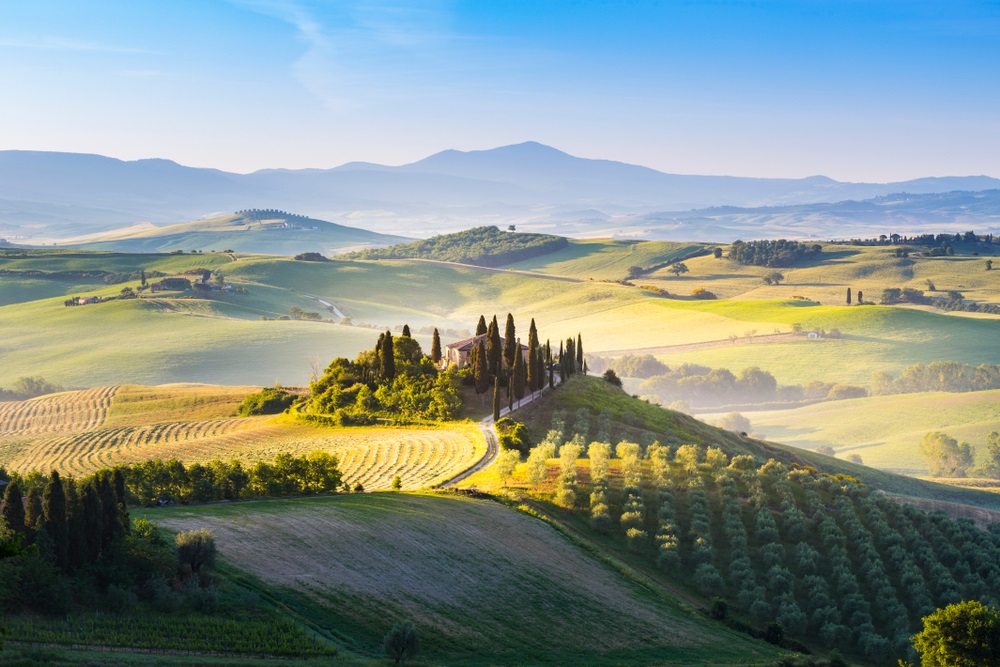
Guide to Italian Gastronomy and Cuisine: Read more
Regional Cuisines:
Arezzo, Florence, Lucca, Maremma, Pisa, Siena
Tuscan cuisine emphasizes fresh, seasonal, and local ingredients, like all Italian food. The Tuscan diet is Mediterranean in nature, focusing on fruits, vegetables, legumes, cheeses, and pasta. Pure, locally made olive oil is the foundation of all Tuscan dishes, which are simple and easy to prepare. Yet, Tuscan cuisine achieves rich flavors in its simplicity, thanks to high-quality, seasonal ingredients.
Cucina povera, which means poor cooking, is the basis of Tuscan cuisine. The concept began when Tuscany was an impoverished, rural region. With access to limited ingredients, Tuscans got creative in the kitchen to make the most of what they had by embracing a no-waste philosophy. The magic of cucina povera lies in the frugal Italian cook’s ability to transform humble ingredients from the Tuscan countryside into simple, flavor-packed dishes.
Tuscan markets flourish with fresh, locally grown, seasonal produce. Naturally, vendors sell typical Mediterranean fruits and vegetables, such as tomatoes, eggplant, and zucchini. Beyond the expected, there are ingredients unique to Tuscany worth seeking.
These include:
Moreover, beans are a staple in the Tuscan kitchen. Tuscans, known as mangiafavoli or bean eaters, consume a large quantity of beans. Cannellini beans are the most prominent. However, chefs commonly use red beans from Lucca, zolfino beans, and countless other varieties.
In Tuscan cuisine, sage and rosemary reign supreme, though cooks also incorporate other herbs like basil, fennel, and thyme. Plus, various umami-driven Tuscan truffles are available throughout different seasons of the year.
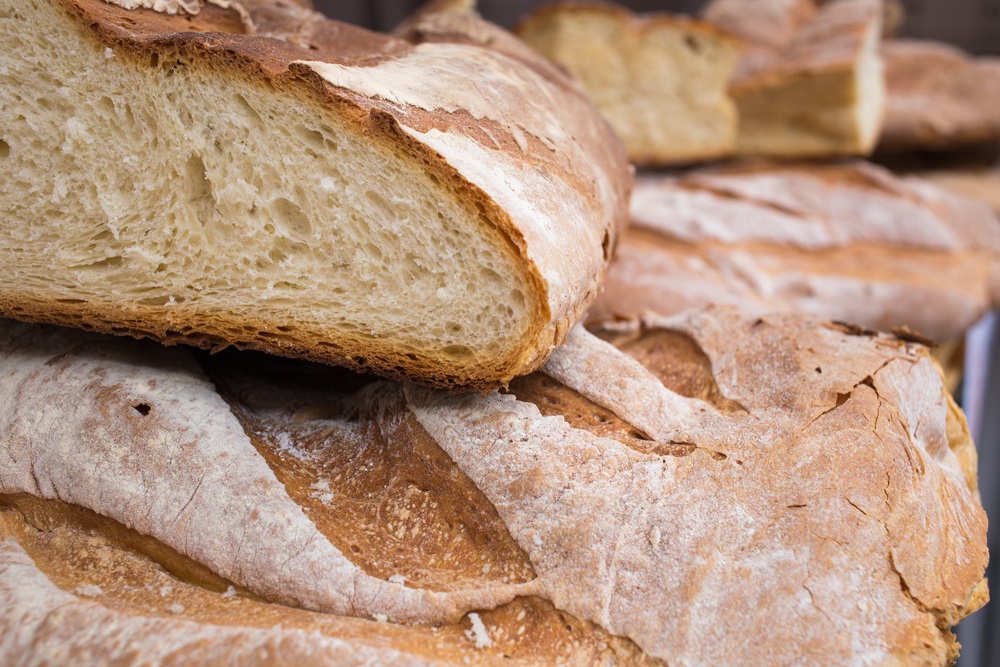
As with any Italian region, Tuscany has its signature bread called pane sciocco. The name translates to silly or stupid bread, referring to the large, crusty loaf’s saltless nature. They developed Pane sciocco in Florence in the 12th century out of necessity. Pisa, which controlled the ports where salt ships arrived, decided to block Florence’s salt supply. Unwilling to cave to their neighbors, the Florentines began baking their bread without salt. The tradition of unsalted bread has carried on through the centuries. Today, pane sciocco serves as a staple at the Tuscan table and features in many regional Tuscan recipes.
In Tuscany, like in other Italian regions, locally made cheeses and cured meats, known for their distinct flavors and savory taste, are a staple.
This Tuscan specialty is made from the pig’s back fat, which has been salted and cured. Lardo di Colonnata is covered with salt, herbs, and spice; its delicate, fresh flavor is enjoyed throughout Tuscany.
Capocollo, also known as Coppa, is a cut of meat from the pig’s neck and is seasoned by hand with salt, pepper, red pepper, and fennel seeds, rolled up, and left to mature in the cellar for at least five months.
TFinocchiona is a type of salami seasoned with fennel and peppercorn that originated in the Medici court when these herbs and spices were a luxury.
A sheep’s milk cheese with a rind washed in tomato juice, and Accasciato, a semi-hard cheese of sheep’s and cow’s milk.
Since the 15th century, they have made Pecorino Toscano throughout Tuscany, adored for its delicately sweet flavor. Today, many subregions of Tuscany also have their local spin on Pecorino, such as Pecorino di Pienza and Pecorino Senese.
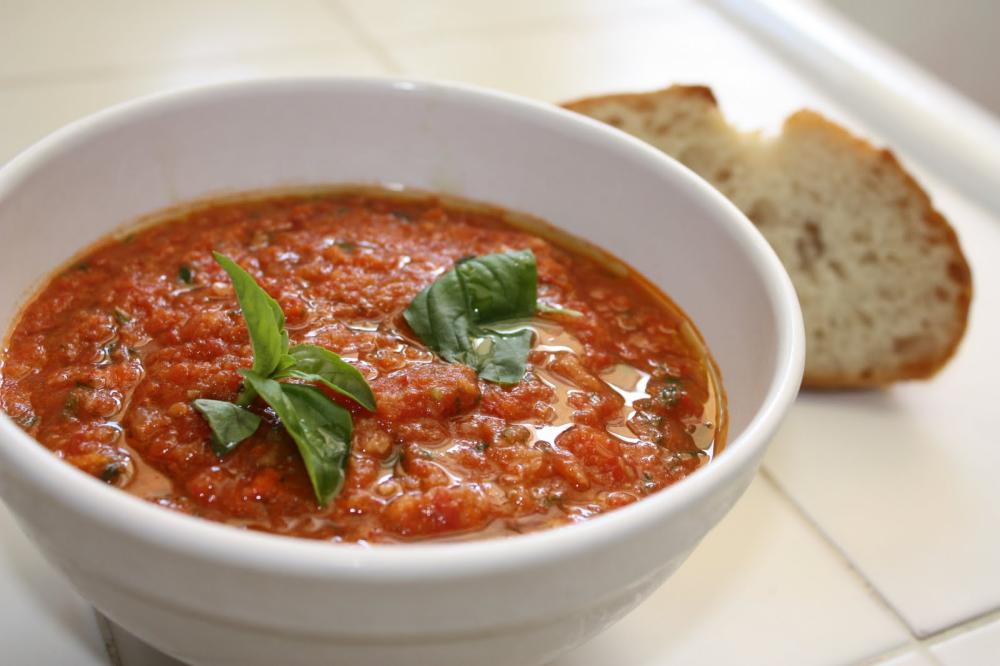
The epitome of Tuscan simplicity, fettunta are grilled slices of Tuscan bread rubbed with garlic, drizzled with olive oil, and sprinkled with salt. The name is derived from “la fetta unta,” which means “the oily slice” in the Tuscan dialect. Fettunta offers the ideal way to savor fresh, locally-made olive oil.
Crostini di fegatini is another flavorful antipasto exemplifying the cucina povera tradition. These crostini are topped with pate made from chicken liver, celery, carrot, onion, garlic, white wine, chicken broth, and anchovies. Also known as crostini neri, they were traditionally made to utilize stale bread.
Many Tuscan recipes were created to repurpose stale old bread within the no-waste philosophy of cucina povera. For example, Ribollita is a comfort food classic made using a sofrito of celery, carrots, onion, cannellini beans, and extra virgin olive oil. The soup is thickened with cubes of old bread and is often savored over a few days. Hence its name, which translates to “reboiled.”
Next, pappa al pomodoro is a traditional Tuscan dish with distinct Italian flavors. Cooks serve this thick soup of Tuscan bread, tomatoes, garlic, basil, and extra virgin olive oil warm, tepid, or chilled. Traditionally, the recipe calls for local costoluto Fiorentino tomatoes. However, many Tuscan cooks also use San Marzano tomatoes today.
Then, there’s Panzanella, a traditional piatto povero perfect for summer when tomatoes are juicy, cucumbers are crunchy, and basil is fragrant. This Italian bread salad originated in the 16th century when Tuscan farmers and peasants would soak their day-old bread in water. They’d squeeze it dry and mix the bread with vegetables like onions and cucumbers.
Fagioli al fiasco is another popular side dish in Tuscany. Historically, Tuscan farmers cooked beans, water, garlic, and sage in an empty Chianti bottle called a fiasco. They’d set the bottle in the hot, ashy embers of the fireplace to slowly cook overnight. Then, have freshly cooked beans the following day.
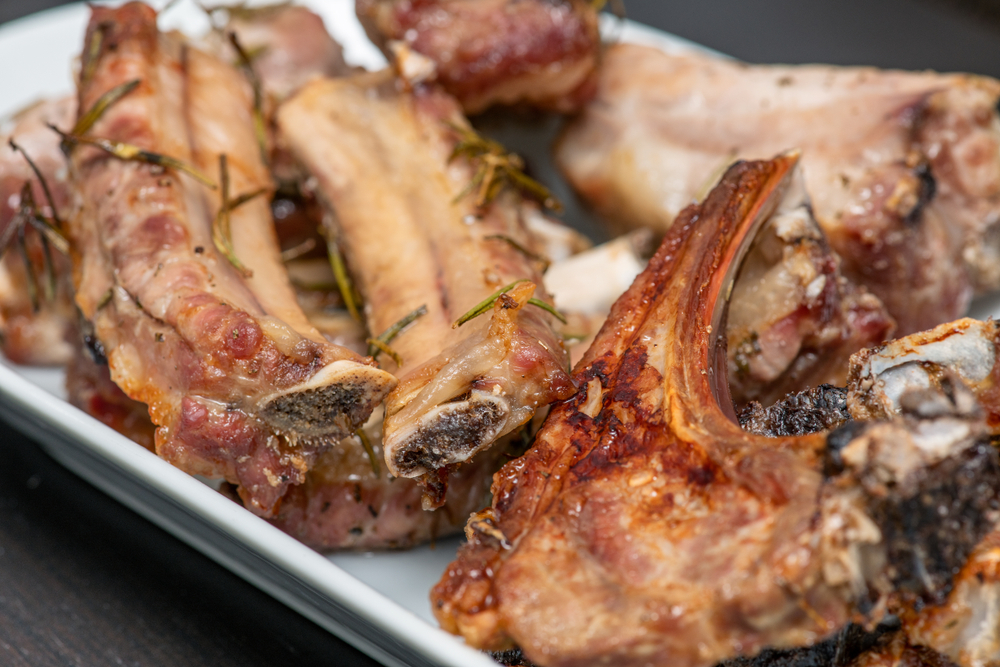
Arista di maiale al forno is another popular pork-based secondi throughout Tuscany. This pork loin is seasoned simply with salt, olive oil, garlic, rosemary, and sage then roasted in the oven. Coincidentally, a Greek cardinal named the dish. Upon tasting the maiale al forno, he exclaimed, “Aristos!” meaning excellent or the best in Greek.
Popular in Tuscan cuisine and an emblem of the region, the wild boar is also revered in Tuscany. In Florence, the “Il Porcellino,” the wild boar statue, can bring luck to those touching its bronze nose. Cinghiale in umido is a sumptuous wild boar stew and a favorite dish of many Tuscans. Cinghiale is simmered with red wine, tomatoes, garlic, and vegetables, then served over creamy polenta for a hearty taste of Tuscan cuisine.
While there are a variety of main courses, or secondi piatti, within Tuscany, a few dishes are commonly cooked throughout the region. Rosticciana offers an authentic, rustic taste of Tuscan cuisine. These tender pork ribs from locally raised pigs are dry-rubbed with rosemary, fennel seeds, and garlic. Then, the ribs are grilled and brushed with red wine vinegar to keep them tender and juicy.
Castagnaccio season arrives when roasted chestnut vendors begin to dot the street corners of Tuscany in the fall. Tuscans make this traditional dessert, an unleavened cake, using chestnut flour from the Farina di Neccio della Garfagnana DOP. Typically, castagnaccio is savory with raisins, pine nuts, and rosemary, though every Tuscan family has its own recipe.
A cake made with rice, custard, and sugar.
Wine-making in Tuscany has a rich history dating back to the Romans, Christian monks in the Middle Ages, and aristocrats during the Renaissance. Tuscan wines like Vino Nobile di Montepulciano have been popular since the 16th century, with famous admirers like William III and Jonathan Swift. Tuscany is a diverse region with various wine areas, all sharing Sangiovese as the primary red grape and Trebbiano as the dominant white grape. Northern Tuscany features mountainous terrain, while Florence and Pisa are in the central and southern parts. Chianti, known for its prestigious Chianti Classico DOCG, extends from Florence to Siena, and other subregions like Chianti Rufina are picturesque. Classic Chianti wine includes Sangiovese and sometimes white grapes.
If you would like us to customize an exclusive luxury tour, contact us and let us know your travel plans. We offer luxury food and wine tours for private groups of a minimum two guests. In addition, all of our private, chauffeured tours are available year-round upon request.

